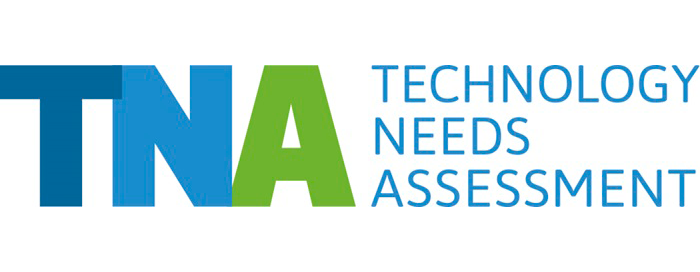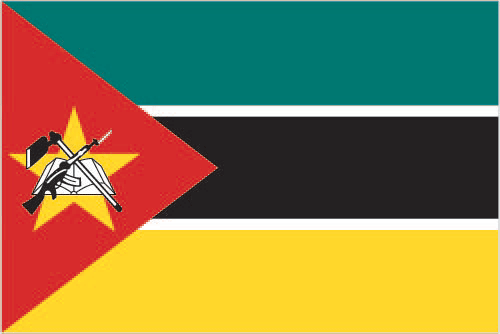Mozambique completed its TNA in 2018. One of the technologies highlighted in the TNA was mangrove restoration, which aimed at building resilience in Mozambique’s extensive coastal line. The TNA recommends a mangrove restoration project on a national scale, with 50,000 ha of restored areas by 2030. This would greatly strengthen coastal ecosystems and reduce the vulnerable state of the coast.
Climate change is threatening to Mozambique on several fronts. The rise in sea levels threatens many important coastal cities, potentially forcing almost a million people to migrate inland, as Mozambique’s coast could lose up to 4,850 km2 of land to the sea.
Agriculture, the country’s most important sector, is also under pressure. The sector employs more than 80% of the economically active population, most of whom are subsistence smallholders. Among the climate change events, drought is the most devastating due to its high intensity and frequency. The effect of drought on the agriculture sector is exacerbated by the limited availability of water for crop irrigation and livestock watering.
To reduce vulnerability in the agriculture sector, the TNA has highlighted conservation agriculture as a prioritized technology. The Technology Action Plan outlines a project to scale up this technology by smallholders in arid and semi-arid areas, who are particularly vulnerable to drought. The target is to cover at least 75% of smallholders in the provinces of Gaza, Inhambane, Manica, Zambezia, Tete and Nampula.
Another outcome from the TNA was the choice of landfill biogas production as a prioritized technology. The Technology Action Plan details a pilot project meant to boost a green transition in Mozambique’s waste management and energy sectors. The Municipality of Nampula was chosen as a site for a pilot project, where the technology has the potential to reduce emissions of CO2e by more than 85%.
Mozambique’s TNA contributes to the following Sustainable Development Goals:






